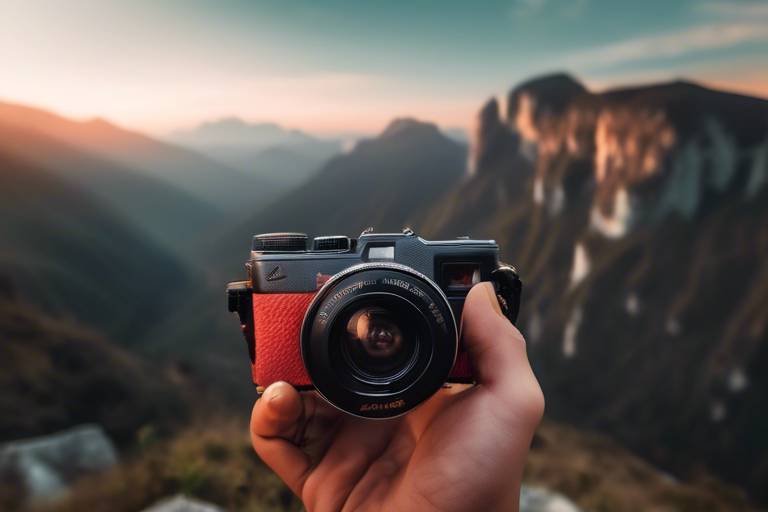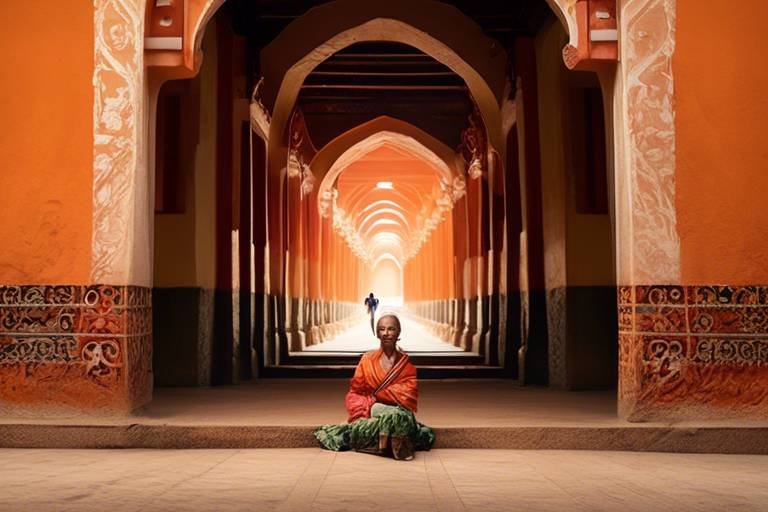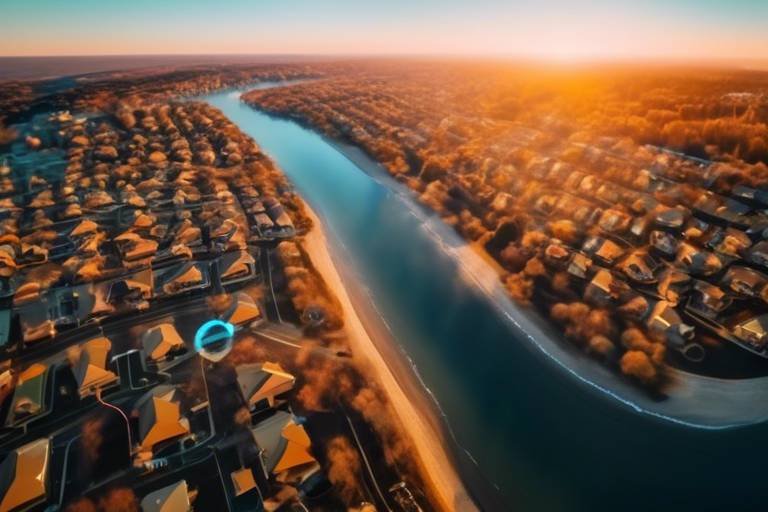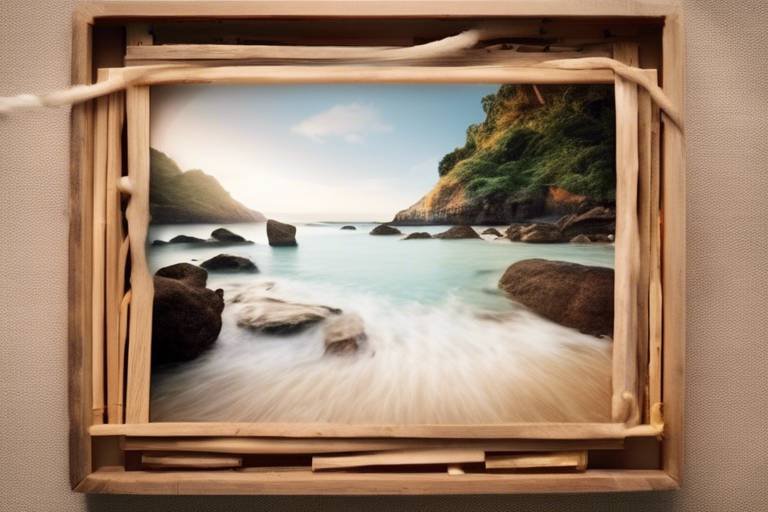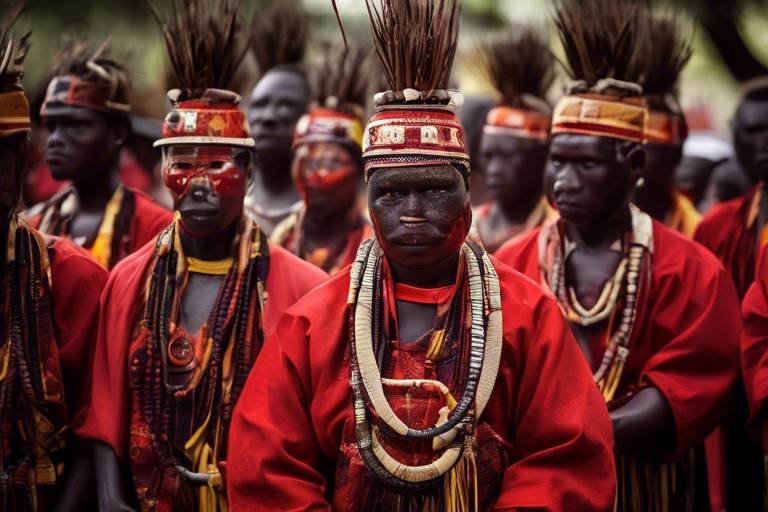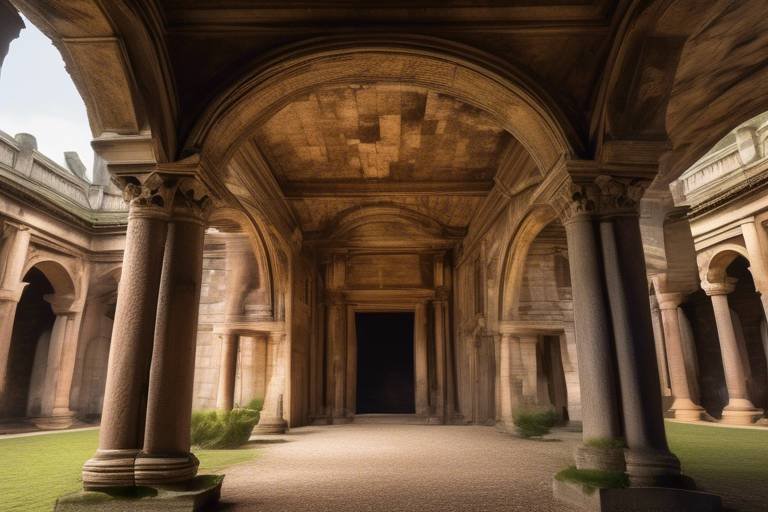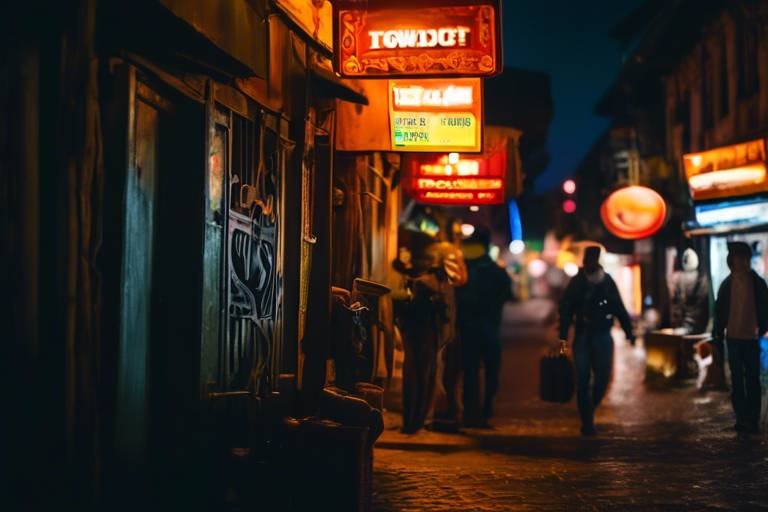How to Photograph Landscapes for Maximum Effect
When it comes to capturing breathtaking landscape photos that leave a lasting impact, there are key tips and techniques that can elevate your photography game to a whole new level. Photographing landscapes is not just about pointing and shooting; it's about telling a story, evoking emotions, and creating images that resonate with viewers on a deep level.
One of the fundamental aspects of landscape photography is choosing the right time of day to shoot. The lighting conditions play a crucial role in the overall look and feel of your photos. By understanding and leveraging the golden hours - the period shortly after sunrise and before sunset - you can infuse your landscapes with a warm, soft glow that adds a magical touch to your images.
Composition is another essential element to consider when photographing landscapes. The rule of thirds, leading lines, and framing techniques can help you create visually appealing and well-balanced shots that draw the viewer's eye into the scene. By carefully composing your images, you can guide the viewer's gaze and create a sense of depth and dimension in your photos.
Mastering depth of field is crucial for creating impactful landscape images. By adjusting your aperture settings, you can control the amount of background blur and sharpness in your photos. This allows you to highlight specific elements in the scene while creating a sense of distance and scale.
Filters can be powerful tools for enhancing your landscape photos. Polarizing filters can deepen blue skies and reduce glare, while ND filters help achieve long exposure effects. Graduated filters are useful for balancing exposure in high-contrast scenes, ensuring that both the sky and the land are properly exposed.
Capturing movement in landscapes can add a dynamic and captivating element to your photos. Whether it's the flow of a river, the rustling of leaves in the wind, or the movement of clouds in the sky, incorporating motion can breathe life into your images and create a sense of energy and vitality.
Post-processing plays a significant role in enhancing the impact of your landscape photos. Techniques such as color correction, sharpening, and enhancing details can help bring out the beauty and vibrancy of the scene, making your images truly stand out.
Embracing minimalism in landscape photography can be a powerful way to create impactful and serene compositions. By simplifying the elements in your frame and focusing on negative space, you can evoke a sense of calm and tranquility that resonates with viewers on a profound level.
Lastly, storytelling through landscapes is about capturing moments and scenes that convey a narrative or evoke emotions. By paying attention to the details, textures, and lighting in the scene, you can create images that tell a compelling story and invite viewers to immerse themselves in the beauty of the landscape.

Choosing the Right Time of Day
When it comes to capturing breathtaking landscape photos that truly stand out, choosing the right time of day plays a crucial role in the final result. The lighting conditions during different times of the day can significantly impact the mood and atmosphere of your images. For instance, the golden hours - the first hour after sunrise and the last hour before sunset - offer a soft, warm light that can enhance the colors and textures of the landscape, creating a magical effect that is hard to replicate at other times of the day.
During these golden hours, the angle of the sunlight is lower, resulting in longer shadows and a more dramatic look to your photos. This can add depth and dimension to your landscapes, making them more visually appealing and engaging. On the other hand, shooting during midday when the sun is high in the sky can lead to harsh shadows and overexposed areas, which may not always be ideal for capturing the beauty of nature.
Moreover, the direction of light is also important to consider when choosing the right time of day for landscape photography. Depending on the scene you want to capture, the angle of the sunlight can create different effects on the textures and colors of the landscape. For example, backlighting can silhouette subjects, while side lighting can enhance textures and create a sense of depth.
By being mindful of the time of day and how it affects the lighting conditions, you can elevate your landscape photography to a whole new level. Experimenting with different times of the day and observing how the light interacts with the landscape can help you discover unique perspectives and create stunning images that leave a lasting impression on viewers.
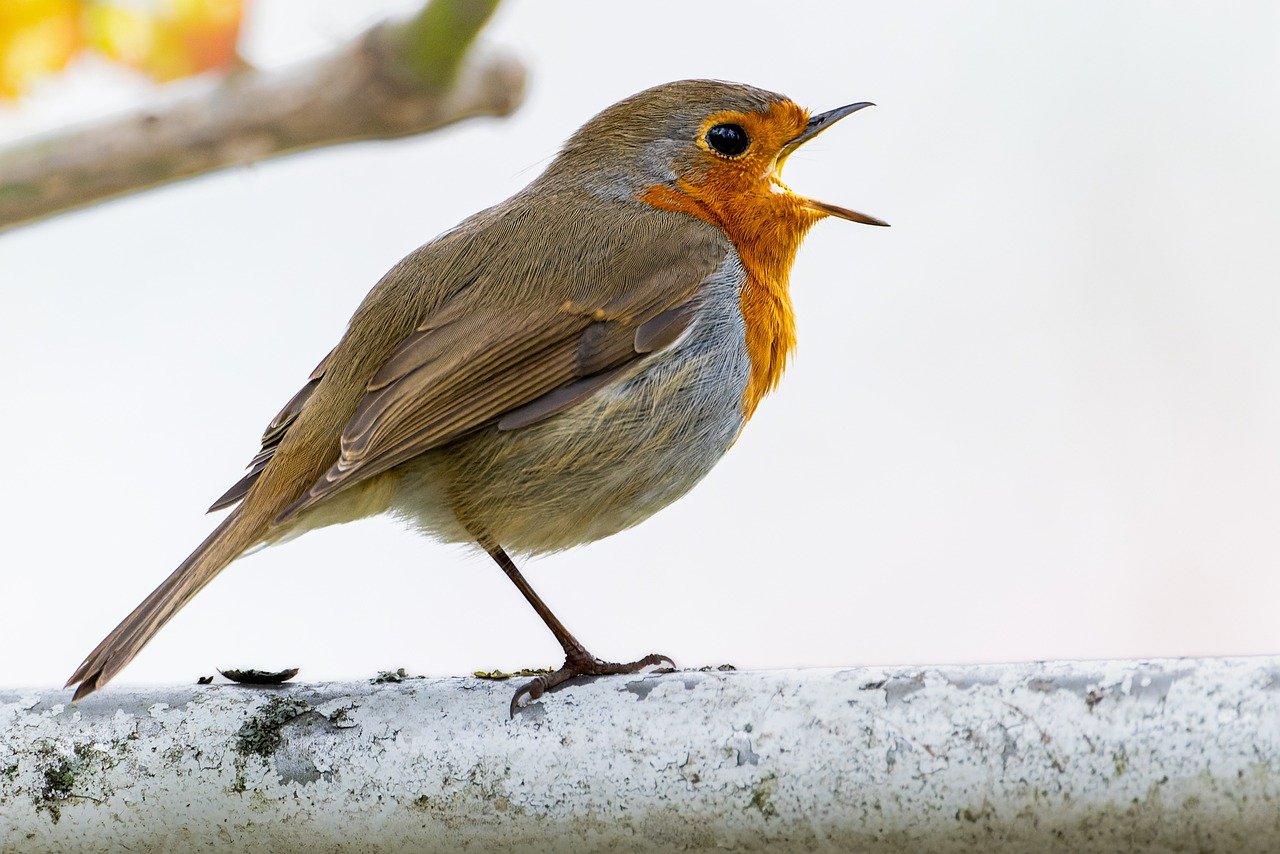
Selecting the Ideal Composition
When it comes to capturing breathtaking landscape photos that truly stand out, selecting the ideal composition plays a crucial role. It's not just about pointing and shooting; it's about creating a visually appealing and balanced image that draws the viewer in and holds their attention.
One fundamental principle to keep in mind is the rule of thirds. By mentally dividing your frame into thirds both horizontally and vertically, you can place key elements of your composition at the points where the lines intersect. This technique helps create a sense of balance and visual interest in your landscape shots.
Another essential aspect to consider is leading lines. These are elements within your scene that naturally lead the viewer's eye into the image, guiding them towards the main focal point. Whether it's a winding path, a meandering river, or a row of trees, incorporating leading lines can add depth and dimension to your composition.
Additionally, framing is a powerful tool in composition. By using elements in the foreground to frame the main subject of your photograph, you can create a sense of depth and draw attention to the focal point. This technique adds layers to your image and helps create a more immersive viewing experience.
Remember, the goal of selecting the ideal composition is not just to capture a scene but to evoke emotion and tell a story through your photograph. Consider the mood you want to convey and how different compositional elements can help enhance that feeling, whether it's a sense of tranquility, grandeur, or mystery.
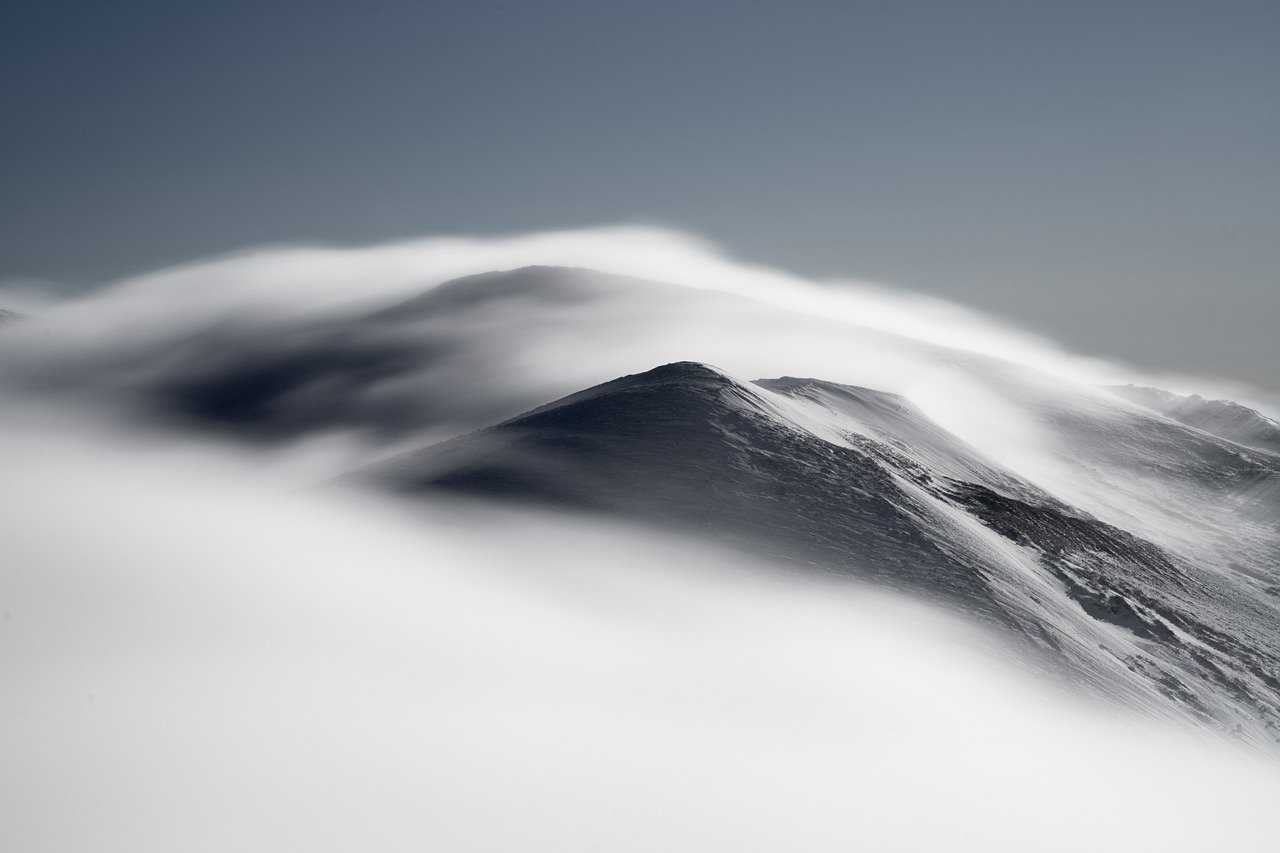
Mastering Depth of Field
Mastering depth of field is a crucial aspect of landscape photography that can significantly impact the overall look and feel of your images. By understanding how aperture settings control depth of field, you can create stunning photos that draw the viewer's eye into the scene.
When it comes to depth of field, the key is to find the right balance between what is in focus and what is blurred in the background. A wider aperture, such as f/2.8, will create a shallow depth of field, perfect for isolating a subject against a soft background. On the other hand, a smaller aperture, like f/16, will result in a deeper depth of field, keeping more of the scene sharp from foreground to background.
Experimenting with different aperture settings allows you to play with the sense of dimension in your landscape photographs. For example, using a wide aperture can create a dreamy, ethereal effect, while a narrow aperture can bring out intricate details in the entire scene.
Additionally, understanding the concept of hyperfocal distance can help you maximize sharpness throughout the frame. By focusing at the hyperfocal distance, you can ensure that both the foreground and background elements are acceptably sharp, enhancing the overall depth of field in your images.
It's essential to remember that depth of field is not just about technical settings but also about artistic expression. By mastering depth of field, you can guide the viewer's gaze through the image, emphasizing key elements and creating a sense of depth and dimension that enhances the storytelling aspect of your landscape photography.

Utilizing Filters for Enhancements
Tips and techniques for capturing stunning landscape photos that evoke emotion and captivate viewers.
When it comes to enhancing your landscape photography, filters can be powerful tools to elevate the quality of your shots. Polarizing filters, for example, are great for reducing glare and enhancing colors, especially in landscapes with water or a clear sky. ND filters help control exposure in bright conditions, allowing you to achieve a balanced image without overexposure. Graduated filters are handy for balancing exposure between the sky and the land, creating a more even-toned photograph. By understanding how to use these filters effectively, you can take your landscape photography to the next level.
Have a burning question about landscape photography? Check out these frequently asked questions to clear up any uncertainties:
- Q: What is the best time of day to capture landscapes?
- A: The golden hours around sunrise and sunset offer beautiful lighting conditions for landscape photography.
- Q: How can I create a sense of depth in my landscape photos?
- A: Use a smaller aperture to increase depth of field and keep both foreground and background in focus.
- Q: Is post-processing necessary for landscape photography?
- A: While it's not mandatory, post-processing can help enhance colors, sharpness, and overall impact of your landscape images.
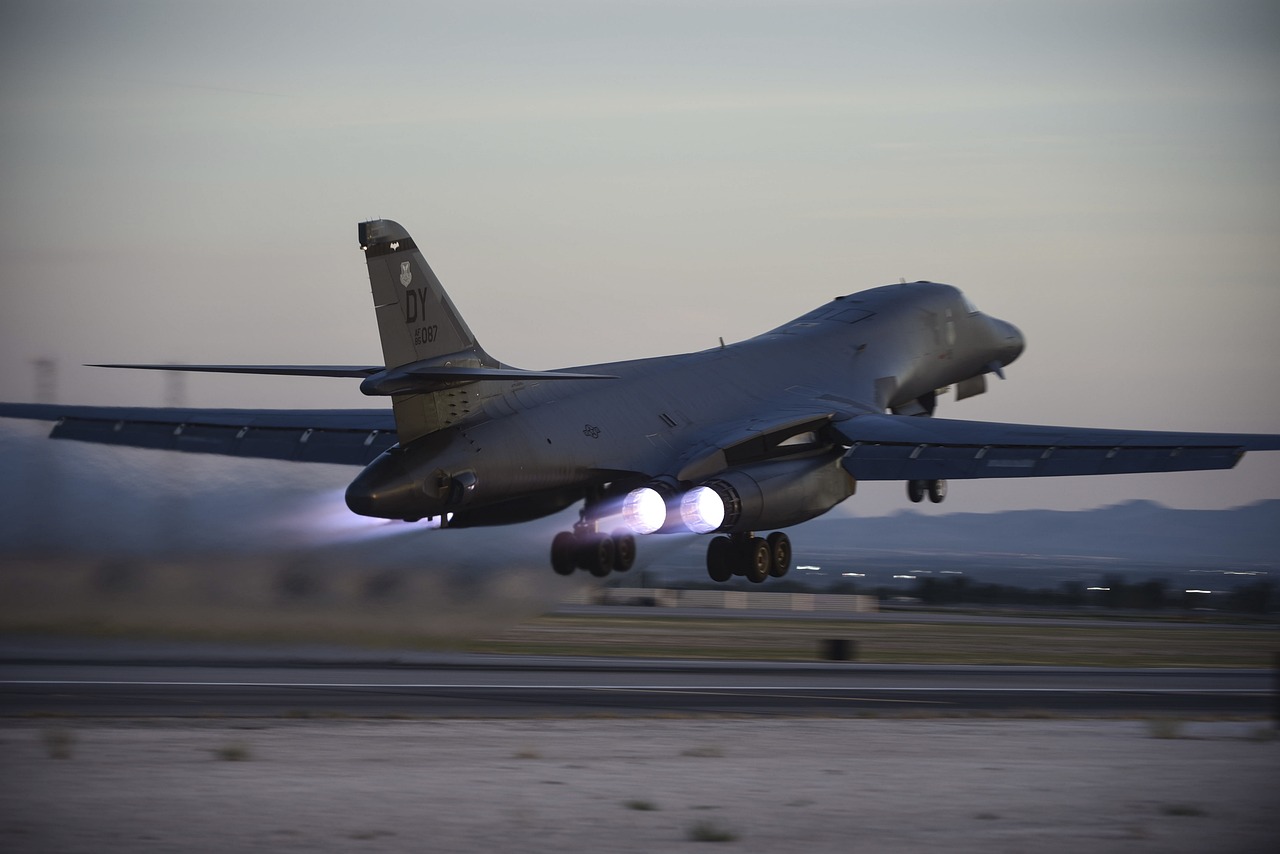
Capturing Movement in Landscapes
When it comes to capturing movement in landscapes, photographers have the opportunity to infuse their images with a sense of dynamism and energy that can truly elevate the viewer's experience. By incorporating elements like flowing water, swaying trees, or moving clouds, photographers can add a layer of interest and excitement to their landscape photos.
One effective technique for capturing movement in landscapes is to use a slower shutter speed, which allows for a longer exposure time and creates a sense of motion blur in moving elements. This can be particularly striking when photographing waterfalls, rivers, or waves crashing against the shore, as the blurred motion conveys a sense of fluidity and movement.
Another approach to capturing movement in landscapes is to experiment with panning, where the camera follows a moving subject while keeping it in focus. This technique can be used to create dynamic images of wildlife in motion or vehicles speeding by, adding a sense of speed and action to the scene.
Additionally, utilizing long exposure techniques can help capture the passage of time in landscapes, such as the movement of stars in the night sky or the streaking lights of cars on a busy highway. By extending the exposure time, photographers can create mesmerizing images that convey a sense of motion and energy.
When incorporating movement into landscape photography, it's essential to strike a balance between capturing the stillness of the environment and the dynamic elements in motion. This juxtaposition can create a visually compelling narrative that draws the viewer in and invites them to experience the scene in a more immersive way.
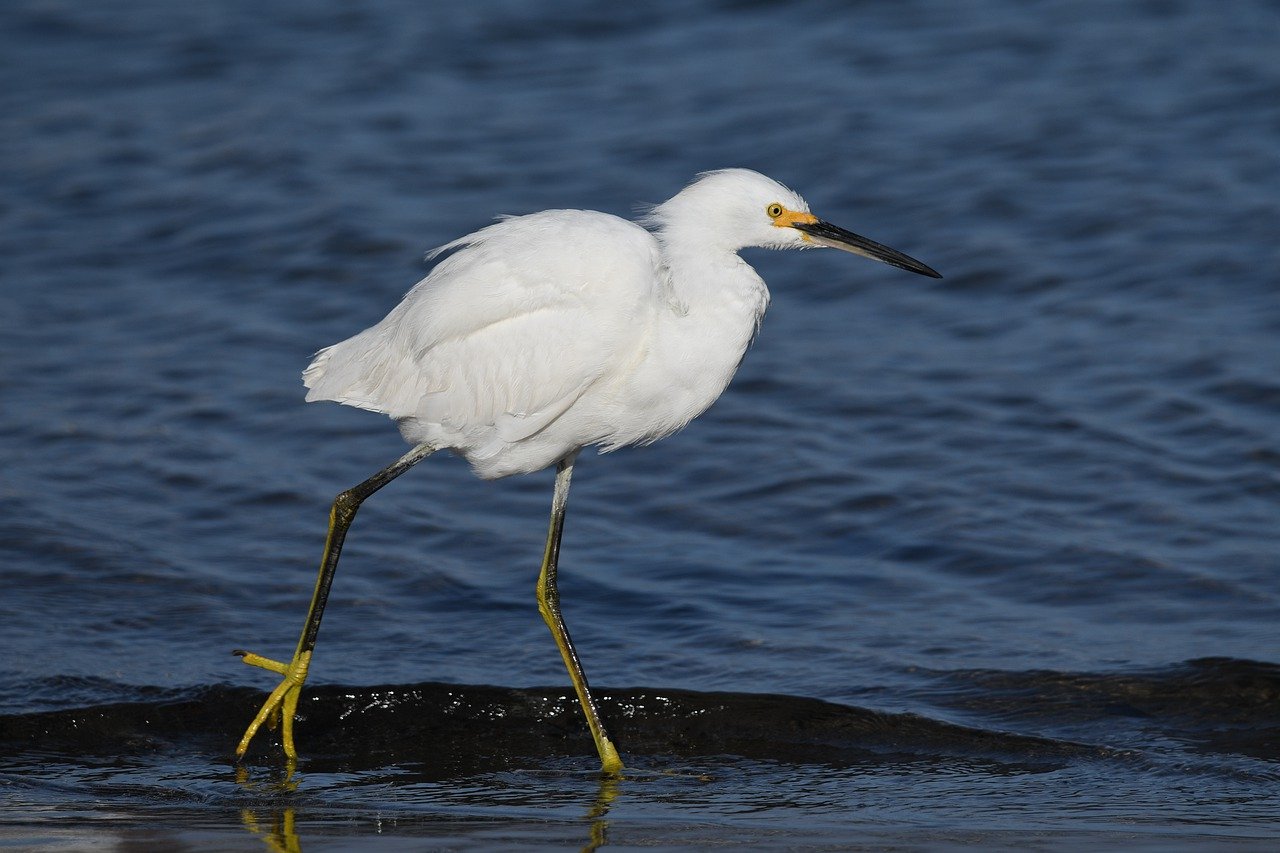
Post-Processing for Impact
Post-processing plays a crucial role in enhancing the impact of landscape images. By utilizing various editing techniques, photographers can elevate their photos to new levels of visual appeal. Color correction is a fundamental aspect of post-processing, ensuring that the colors in the image are accurate and vibrant. Sharpening is another key step that helps to bring out the details in the landscape, making the photo more engaging and dynamic.
Furthermore, enhancing details through post-processing can make a significant difference in the overall quality of the image. By adjusting contrast, clarity, and texture, photographers can create images that are sharp, clear, and visually striking. Post-processing also allows for the removal of distractions or imperfections in the landscape, ensuring that the viewer's focus is directed towards the main subject of the photo.
Another aspect of post-processing that can have a significant impact on landscape images is the manipulation of lighting. By adjusting the exposure and highlights, photographers can create a mood or atmosphere that enhances the emotional impact of the photo. Additionally, techniques such as dodging and burning can be used to selectively lighten or darken areas of the image, adding depth and dimension.
Overall, post-processing is a powerful tool that allows photographers to unleash their creativity and craft landscape images that truly resonate with viewers. By mastering the art of editing, photographers can take their photos to the next level and create impactful and memorable landscapes that leave a lasting impression.
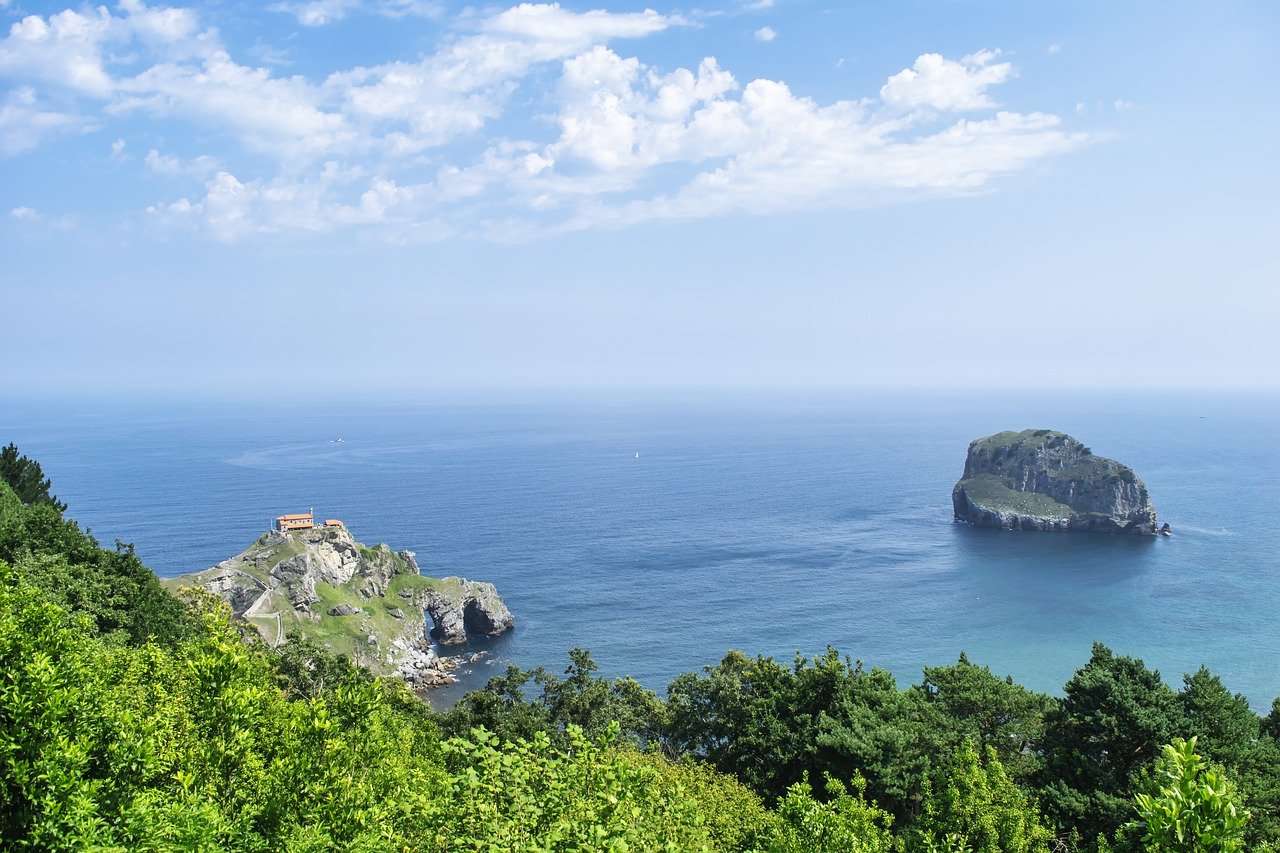
Embracing Minimalism in Landscapes
Embracing minimalism in landscapes is not just about capturing empty spaces; it's about distilling the essence of a scene to its purest form. Imagine a vast expanse of untouched snow, unmarred by footprints or a lone tree standing against a clear sky. These simple yet powerful compositions can evoke a sense of calm and contemplation in the viewer.
Minimalism in landscape photography is all about focusing on the essentials and eliminating distractions. By simplifying the elements in your frame, you allow the viewer to fully appreciate the beauty of the landscape without being overwhelmed. It's like decluttering a room to reveal its true elegance and charm.
One way to embrace minimalism in your landscapes is to use negative space effectively. Negative space, the empty areas in your composition, can create a sense of balance and harmony. By carefully composing your shot to include a significant amount of negative space, you can draw attention to the main subject and create a sense of serenity.
Another key aspect of minimalism in landscapes is the use of a limited color palette. By focusing on a few dominant colors or even shooting in black and white, you can create a sense of unity and coherence in your images. This approach can help highlight the textures, shapes, and patterns in the landscape, adding depth and interest to your photos.
When embracing minimalism in landscapes, remember that less is often more. Instead of trying to include everything in your frame, consider what elements are essential to convey your message or evoke a particular emotion. By stripping away the unnecessary clutter, you can create images that are powerful, evocative, and timeless.

Storytelling Through Landscapes
Storytelling through landscapes is a powerful way to convey emotions, narratives, and messages through photography. When capturing landscapes, each scene tells a unique story that can evoke a range of feelings in viewers. By carefully selecting the elements within the frame, photographers can create images that transport viewers to different worlds, evoke memories, or provoke contemplation.
Imagine a photograph of a solitary tree standing against a dramatic sky, symbolizing resilience and strength. The stark contrast between the tree and the sky can represent the struggle between light and darkness, hope and despair. Such a composition can resonate with viewers on a deep emotional level, sparking introspection and reflection.
Similarly, a landscape photo of a winding path leading into a misty forest can invite viewers to embark on a journey of exploration and discovery. The mysterious atmosphere created by the mist and the hidden depths of the forest can symbolize the unknown and the endless possibilities that lie ahead. Viewers may find themselves drawn into the scene, imagining where the path may lead and what secrets the forest holds.
Storytelling through landscapes is not just about capturing beautiful scenery; it's about creating connections and sparking imagination. By paying attention to details, composition, and lighting, photographers can craft images that speak volumes without uttering a single word. Each landscape has a story to tell, waiting to be discovered and shared with the world.
Frequently Asked Questions
- What equipment do I need for landscape photography?
For landscape photography, essential equipment includes a sturdy tripod to keep your camera steady, a wide-angle lens to capture expansive views, and filters like ND and polarizing filters to enhance your shots. Additionally, carrying extra batteries and memory cards is recommended to avoid missing out on great shots.
- How important is the time of day for landscape photography?
The time of day plays a crucial role in landscape photography. The golden hours around sunrise and sunset offer soft, warm light that enhances the colors and textures of the landscape. Shooting during these times can elevate your photos and create a magical atmosphere.
- What is the rule of thirds in composition?
The rule of thirds is a fundamental principle in photography where you divide your frame into a 3x3 grid and place key elements along these lines or at their intersections. This technique helps create balanced and visually appealing compositions that draw the viewer's eye into the scene.
- How can I add a sense of movement to my landscape photos?
To capture movement in landscapes, you can use a slower shutter speed to create a sense of flow or blur in elements like waterfalls or clouds. Experimenting with different shutter speeds and incorporating dynamic elements can add a unique and captivating touch to your images.
- What post-processing techniques are recommended for landscape photography?
In post-processing, techniques like adjusting exposure, enhancing colors, sharpening details, and fine-tuning the overall look of your images can significantly improve the impact of your landscape photos. Software tools like Adobe Lightroom and Photoshop are popular choices for editing landscape images.



